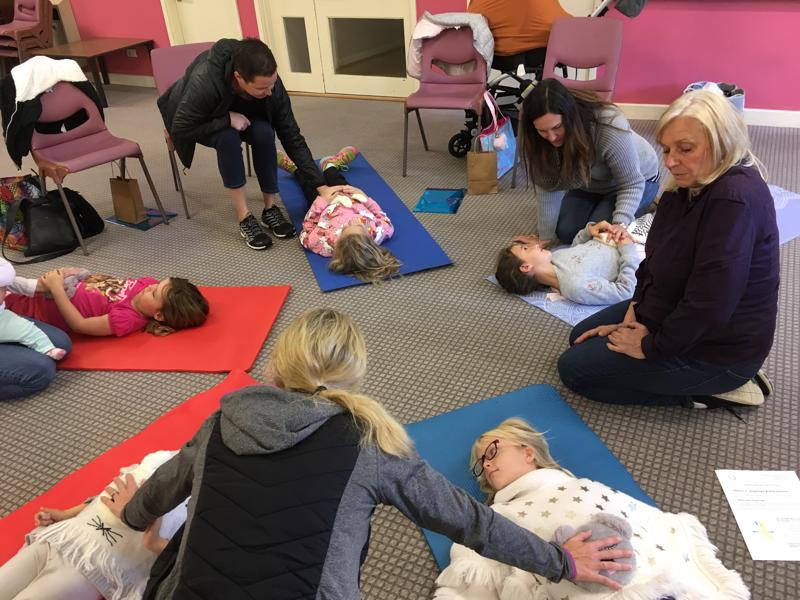Integrative Breathing Therapy (IBT) is a comprehensive and evidence based approach to breathing retraining and breathing therapy.
It aims to optimizes the function of the airway by training nasal breathing, correct posture and improving muscle function.
It corrects
- hyperventilation
- breathing pattern disorders and
- stress related breathing issues
by teaching you to breathe in ways that are more efficient, functional, relaxed and mindful.





